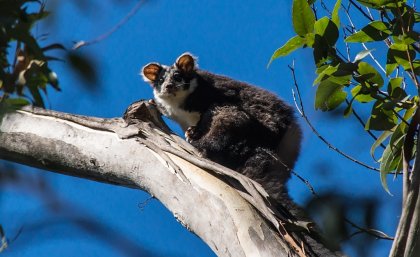Since the callery pear was highly resistant to fire they wanted to graft it to the European pear trees, so researchers traveled to China, then took a four-day boat ride from Wuhan up the Yangtze to where the natural trees grew in abundance. As a bonus, they found it could grow anywhere, and that meant it could grow as landscape even in a state that is mostly desert and artificially watered like California.
Now it's considered an invasive species because it will push out everything else it contacts. But once an invasive species in entrenched, removing it could also harm the ecosystem, as happened to the greater glider, which died off in (it is not extinct) in Australia’s Booderee National Park after removal of invasive species it used.

Credit: University of Queensland.
Just like believing something natural is superior can often backfire, drastic ecosystem interventions like eradicating an unwanted species can do the same. A recent analysis of thousands of ecosystem population data points has helped to build models to help environmental managers make tough choices.
The goal is to help quantify whether the cure of the side effects of the old cure will do more harm than good. The authors hope their models can aid decision-makers in selecting interventions and determine whether various species' future populations will be positively or negatively affected by the removal, or addition of another species.





Comments